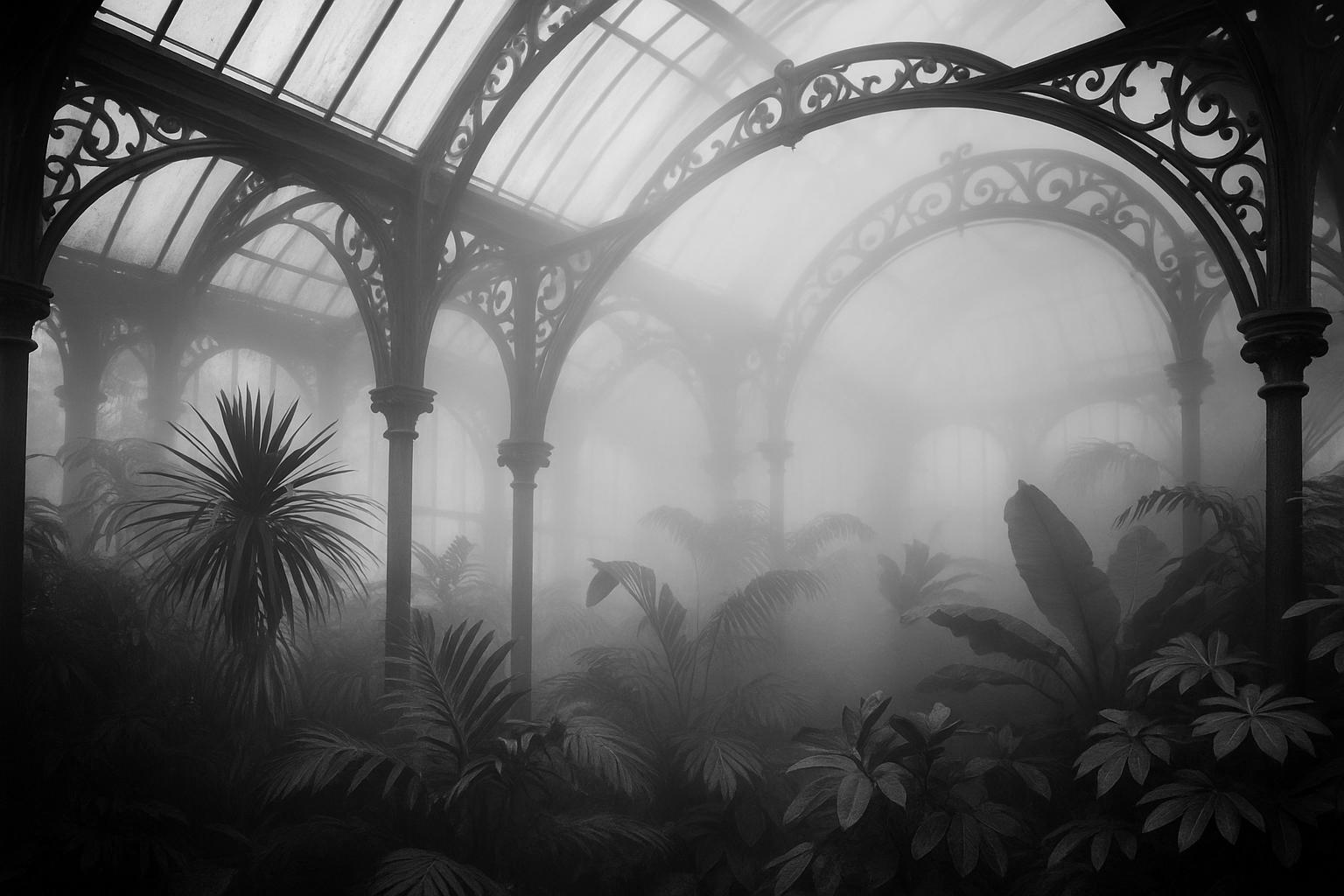The Royal Botanic Gardens, Kew, is set to embark on an ambitious £50-60 million restoration project to transform two of its most iconic glasshouses—the Victorian Palm House and the adjacent Waterlily House—into the first net-zero heritage buildings of their kind. The Grade I listed Palm House, built between 1844 and 1848 with wrought-iron structures inspired by shipbuilding techniques, and the Grade II listed Waterlily House, completed in 1852, are at the centre of this extensive overhaul planned to start in 2027 and last up to five years.
Both glasshouses currently show significant signs of deterioration and fall short of modern energy efficiency standards, with their aging heating, electrical, and watering systems needing urgent replacement. The project aims to not only conserve these historic structures, which house over 1,300 rare and endangered tropical plant species—including the remarkable giant Amazon waterlilies—but also to decarbonise their operations in line with Kew’s Climate Positive 2030 strategy. This will include replacing approximately 16,500 panes of glass using clear silicone gaskets to improve insulation and reduce heat loss from the humid tropical environment vital for the plants.
Key to the project is the delicate conservation of the wrought-iron frameworks, which have required cyclical maintenance due to the high humidity and temperature conditions essential for the glasshouses’ living collections. These structures had previously transitioned from coal to oil, then gas power sources, and the current plan involves exploring renewable energy options to ensure a sustainable future for the site.
The renovation will also enhance visitor experience by creating a new circular gathering space within the Palm House, intended for education and raising awareness about rainforest conservation. Accessibility improvements include replacing an existing footpath with a new double ramp to better accommodate disabled visitors. Furthermore, the Palm House basement is set for a revamp that will improve the resilience of heating and irrigation systems while providing dedicated, improved spaces for the horticulturists who care for the plants.
The ongoing process of relocating the plant specimens has already begun, with many housed temporarily in innovative new glasshouses designed to support tropical cultivation sustainably—such as the Propagation Glasshouse and the Decant Glasshouse. These facilities are equipped with advanced environmental controls to maintain temperature, humidity, and lighting conditions suitable for some of the world's rarest and most threatened plants, ensuring their survival during the restoration period.
Hugh Broughton, founding director of Hugh Broughton Architects, expressed that this project will conserve and decarbonise these iconic glasshouses, making them more accessible to the public while paying homage to Victorian architectural innovation. He described the buildings as "instantly recognisable icons of Victorian innovation" whose designs were groundbreaking in their era, inspiring generations of architects and engineers.
The project is a collaborative effort involving historic building specialists including Martin Ashley Architects, consulting engineers Cundall and Ramboll, and conservation architects Donald Insall Associates. Allford Hall Monaghan Morris (AHMM) is also involved, undertaking architectural design and principal design roles. The work is overseen by members of Kew’s Executive Board, ensuring that heritage preservation is balanced with cutting-edge sustainability measures.
This restoration follows previous major conservation efforts at Kew, such as the 2018 renovation of the Temperate House, then the largest restoration project in Kew’s history. The Palm House project is equally ambitious, aiming to secure the future of two of the UK's most treasured cultural and botanical landmarks.
Head of sustainability at Kew, Rachel Purdon, emphasised the significance of the endeavour: “We’re at a pivotal moment for two of the UK’s most iconic glasshouses... If we can realise this ambition, the project will become a beacon of excellence in heritage conservation and sustainable development.” The restoration reflects a broader commitment by Kew Gardens to sustainability, aiming to protect crucial living collections while also reducing carbon emissions to combat climate change.
The glasshouses themselves are vital habitats for an extraordinary array of tropical plants, including the famous giant Victoria boliviana waterlilies with their immense pads and fleeting, fragrant flowers, as well as brightly coloured climbers that fill the structures with life and colour.
Once completed, this restoration will mark a new chapter for the Palm House and Waterlily House by preserving their historical legacy, enhancing public engagement, and positioning them as exemplars of sustainable heritage conservation for future generations to enjoy.
📌 Reference Map:
- Paragraph 1 – [1], [5]
- Paragraph 2 – [1], [2], [4]
- Paragraph 3 – [1], [5]
- Paragraph 4 – [1], [6]
- Paragraph 5 – [1], [6]
- Paragraph 6 – [1], [3]
- Paragraph 7 – [1], [3], [4]
- Paragraph 8 – [1], [5]
- Paragraph 9 – [1], [2]
- Paragraph 10 – [1], [7]
Source: Noah Wire Services
